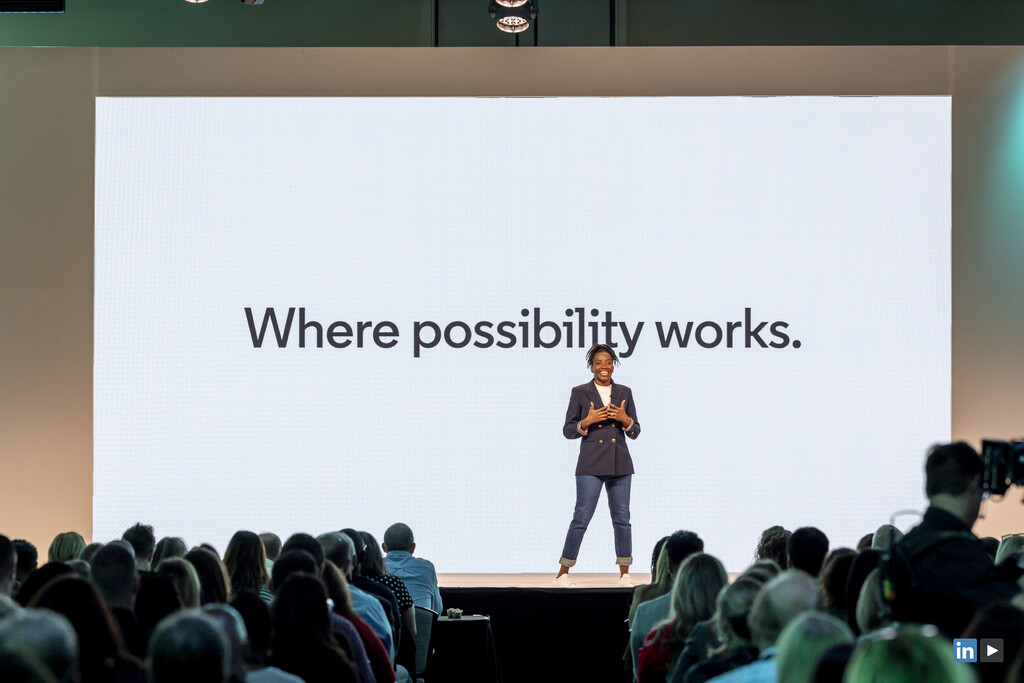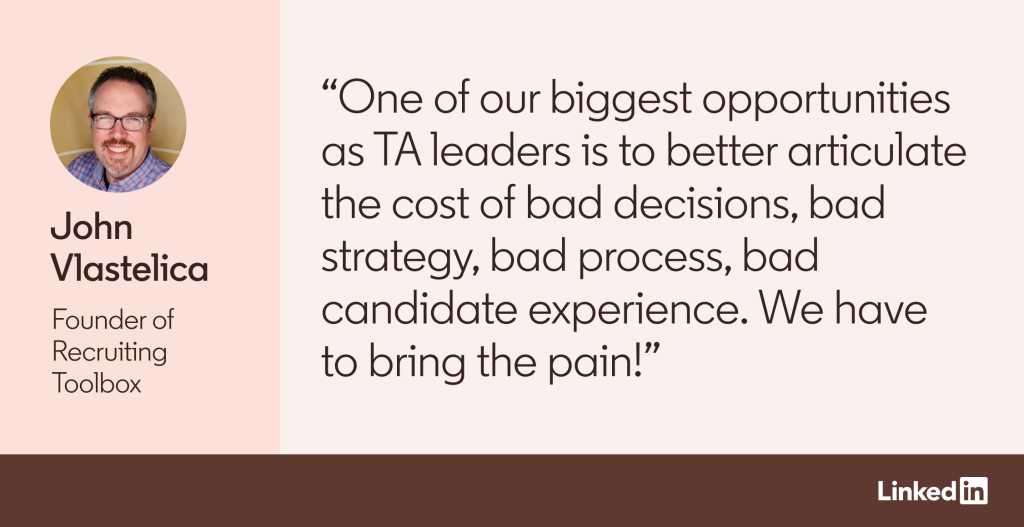2. De-emphasize formal education
When Kara asks hiring managers what skills they are looking for, soft skills like resilience, planning, and organizing are often top of mind — “things you don’t learn in a specific four-year degree program,” she said.
And some groups of professionals have faced more limited access to higher education. For example, the majority of those enlisted in the military don’t have college degrees, Anthony pointed out. People with disabilities are also less likely to have a college degree than those who do not have disabilities, Kara added.
Organizations that focus most of their energies on sourcing candidates from elite Ivy League schools are naturally going to have fewer Black candidates since the eight Ivy League institutions enrolled only 5,063 Black students among their nearly 70,000 undergraduates in the past year.
If you’re only considering candidates who have a college degree — or those who graduated from a particular college or university — you could be missing out on someone who would do a stellar job. If someone has the soft skills you need — whether they developed them in school or in life — you may, in many cases, be able to teach them the hard skills a role calls for, Hannah noted. In fact, retailers such as Best Buy and Walmart have embraced training programs that allow employees to learn new skills and move into new positions in the process.
3. Add assessments to the selection process
Performing well in an interview does not necessarily mean a candidate has the skills necessary to excel in a particular role. “We all know people who interview really, really well,” Kara said, “and they can fool us all and get through the selection process. And they get in and then they’re not so good at their jobs.”
Kara described how Dell Technologies, for example, does a good job of ensuring that employees who have the right skills are more likely to be identified by the company. She detailed how professionals who are neurodiverse may not do well in traditional interviews, leading them to be overlooked for positions. Dell, on the other hand, uses assessments to identify candidates with the desired skills at the beginning of the selection process so members of the neurodiverse community are less likely to be discounted by a bad interview. Dell also trains its managers to be supportive of members of that community by, say, giving them flexible work schedules. The result of Dell’s efforts? “They thrive,” Kara said.
Recruiters can take a page from Dell’s success and find ways to measure applicants’ skills and place less emphasis on how they perform in an interview setting. Doing so removes a barrier that can keep recruiters from focusing on the skills that matter most.
4. Focus on equity over equality
Equity is not the same thing as equality. The latter focuses on giving everyone the same resources, while the former is about giving people what they need to succeed.
Different people need different things to perform well in the hiring process. A single dad, for example, may need flexibility to drop his children off at school, while someone who comes from a historically marginalized community may need to schedule their interview around a cultural or religious holiday that is not observed by most applicants.
“Using equity to drive hiring is really critical,” Hannah said, “because what you’re then saying is, ‘We recognize that you might need something else.’”
When you’re focusing on skills rather than pedigree, you’re opening the doors to people of different backgrounds and that means they are likely to have very different perspectives — and different needs. An effective skills-first strategy is one that responds to those individual needs so that applicants can thrive and, on the flip side, recruiters are better able to see everything those different candidates can offer their organization.
5. Get leadership buy-in
Let’s be clear. You can use all of the strategies listed above, but “if the leadership doesn’t buy into a skills-based hiring approach,” Anthony said, “it’s going to be a challenge.”
Some company leaders see skills-based hiring as risky because it puts less of an emphasis on education and on where people have worked, which are often the very things that helped move them into leadership positions. It is not what they’re accustomed to. So they shy away from it, even though it will pave the way for more candidates from historically marginalized groups to compete. In fact, some leaders may still see a diverse workforce as a risky proposition rather than a driver of success.
It’s up to talent leaders to help reluctant executives understand that a skills-first hiring strategy can increase their organization’s productivity and innovation. Kara recommended that talent professionals show company leaders the data that proves that diverse companies are more profitable than less diverse organizations. That can help shift mindsets.
Another way to create a hiring culture that prioritizes skills over pedigree is to create diverse panels for interviews and candidate assessments. The varying perspectives of those making the hiring decisions will help to override the tendency to select only candidates who seem familiar.
Final thoughts
No recruiter can be certain of how a new hire will ultimately perform once they accept a position and settle into a new role. But by focusing on skills and ensuring there’s a match between an employee’s strengths and an organization’s needs, there is a higher likelihood that both parties will flourish.
A skills-based approach that strives for equity gives recruiters a larger pool of skilled applicants to choose from, while giving candidates who may have been overlooked in the past more opportunities to succeed. It’s a win-win proposition.










